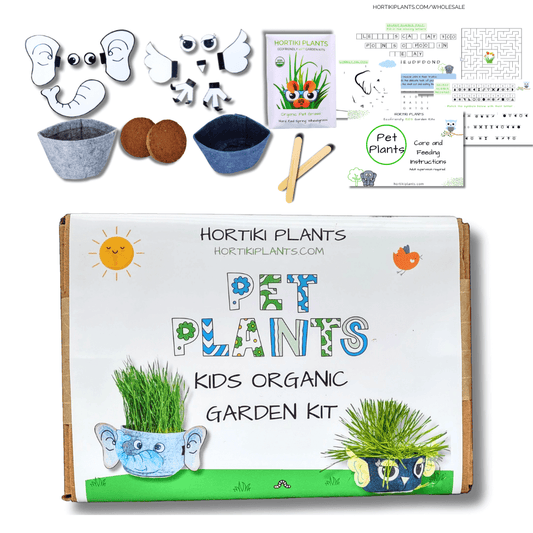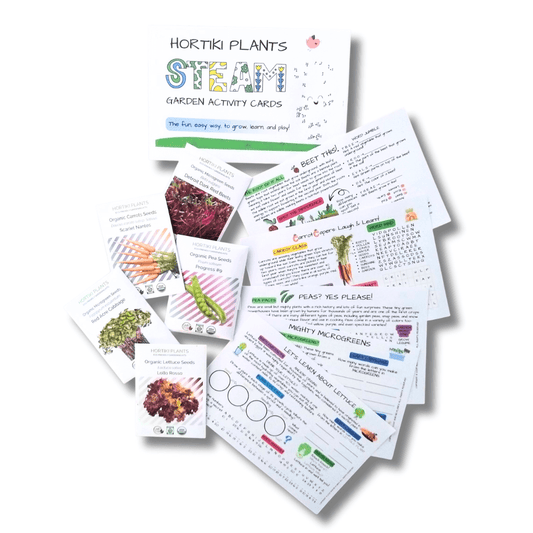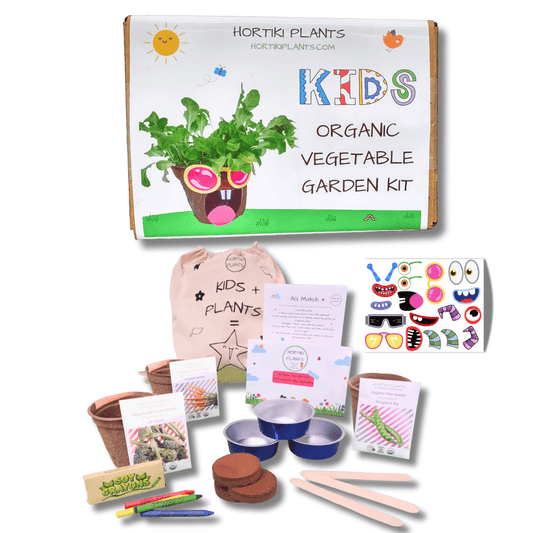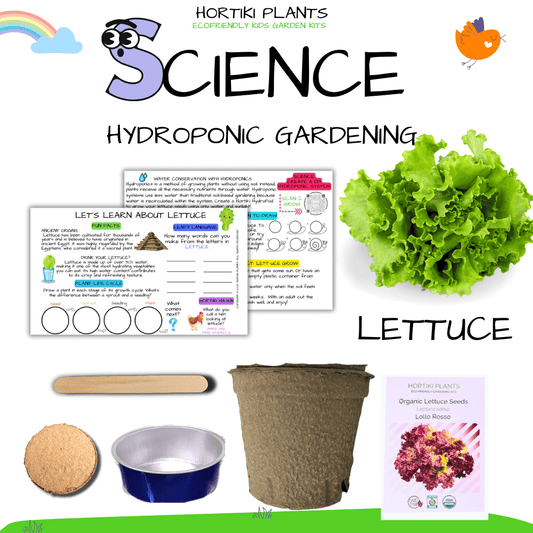New Year Garden Planning for Kids
Hortiki Plants
The start of a new year is the perfect time to begin planning your spring garden, and there’s no better way to get kids excited about gardening than involving them in the process. Planning a garden with your little ones teaches them the importance of preparation, organization, and imagination. Plus, it gives them something to look forward to as the cold winter months pass by!
In this blog, we’ll guide you through the steps of planning a spring garden with your kids, from picking out what to plant to creating a garden layout and plant lists.
- Dream Big: What Do You Want to Grow?
The first step in planning your spring garden is deciding what to plant. Encourage your kids to think about what they’d love to grow and eat. Do they want to plant vegetables, flowers, or herbs? Maybe they’re dreaming of a sunflower forest or a rainbow of tomatoes!
- Make a List: Have your kids help you create a list of the vegetables, fruits, flowers, or herbs they want to grow. You can browse seed catalogs or look online for inspiration.
- Research Together: Take a few minutes to research each plant on your list. Ask your kids questions like, “How much sun does it need?” or “How long does it take to grow?” This helps them understand what plants are a good fit for your garden space.
- Map It Out: Designing Your Garden Layout
Once you’ve decided what to plant, it’s time to design your garden layout! Creating a visual plan helps kids understand where their plants will go and what they need to thrive. Grab some paper, markers, or colored pencils, and let’s map out the garden!
- Measure Your Space: First, measure the area where your garden will be. Whether it’s a backyard garden bed or a collection of pots on the patio, knowing the size helps you decide how many plants will fit.
- Draw the Layout: Let your kids draw the garden layout on paper. They can divide it into sections for different types of plants, like veggies in one corner and flowers in another. Use different colors for each plant type!
- Sunlight Zones: Teach your kids about the importance of sunlight by marking where the sunniest and shadiest parts of the garden are. This will help you decide where to plant sun-loving vegetables like tomatoes and shade-tolerant plants like lettuce.
- Create a Planting Calendar
A planting calendar shows when to start seeds indoors, transplant seedlings outside, or plant directly into the garden. This is a great way to help kids keep track of what needs to be done and when!
- Find the Planting Dates: Look up the ideal planting times for the vegetables and flowers you’ve chosen based on your local growing zone. Mark the dates on a calendar, so your kids know when to start seeds or plant outdoors.
- Start Seeds Indoors: If your kids are eager to start growing right away, consider starting seeds indoors in late winter. Use seed trays or recycled containers and place them in a sunny window. Your little gardeners can care for the seedlings and watch them sprout before transplanting them outside in spring.
- Have Fun with Garden Themes
If your kids love to get creative, why not plan a themed garden? Here are a few fun ideas:
- Pizza Garden: Grow tomatoes, basil, oregano, and peppers to make homemade pizza with fresh ingredients!
- Rainbow Garden: Plant vegetables and flowers in every color of the rainbow—think red tomatoes, orange carrots, yellow sunflowers, green beans, and purple eggplants.
- Pollinator Garden: Attract butterflies, bees, and other pollinators by planting flowers like lavender, sunflowers, and marigolds.
By the time spring rolls around, your family will be ready to dive into planting with a well-thought-out garden plan. Your kids will feel proud of the garden they helped design, and they’ll be excited to watch their chosen plants grow throughout the season!



